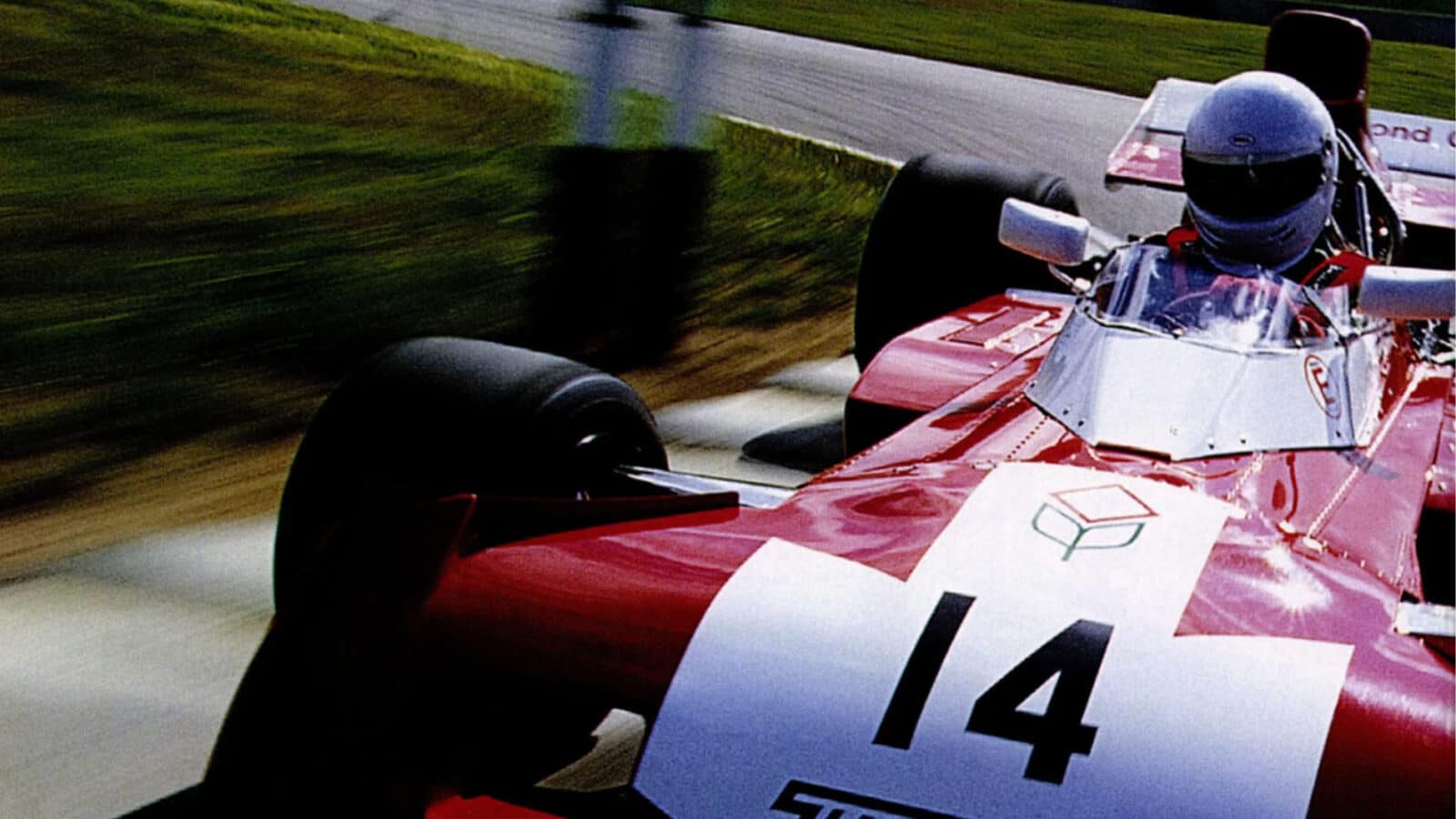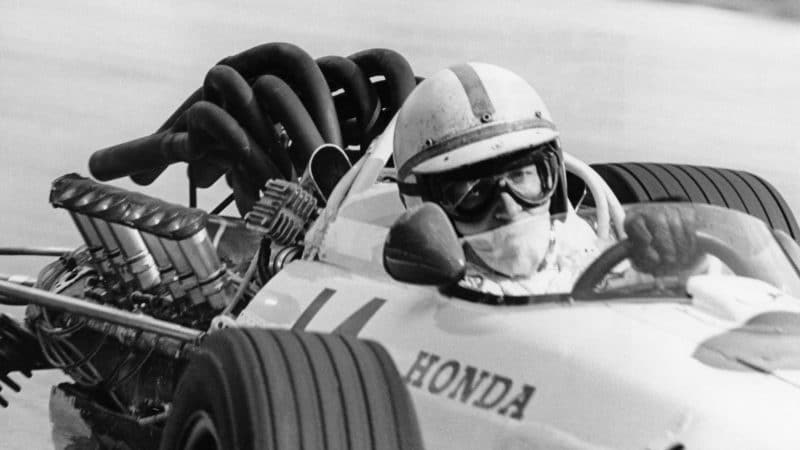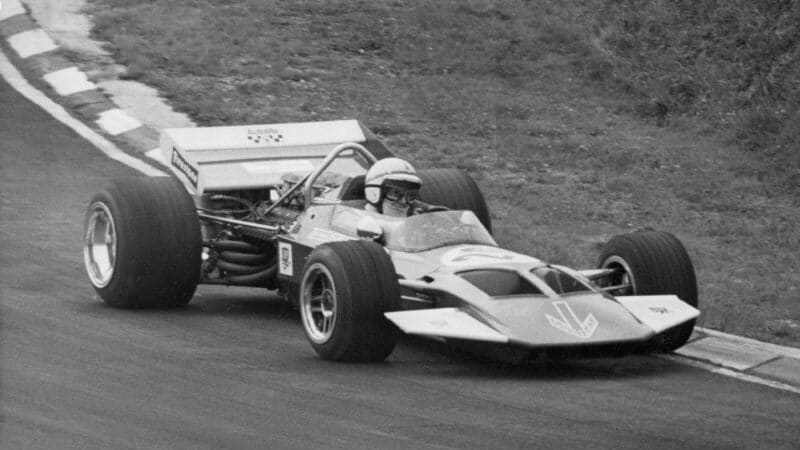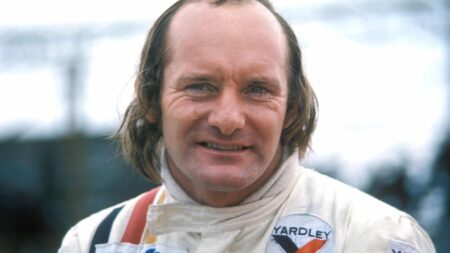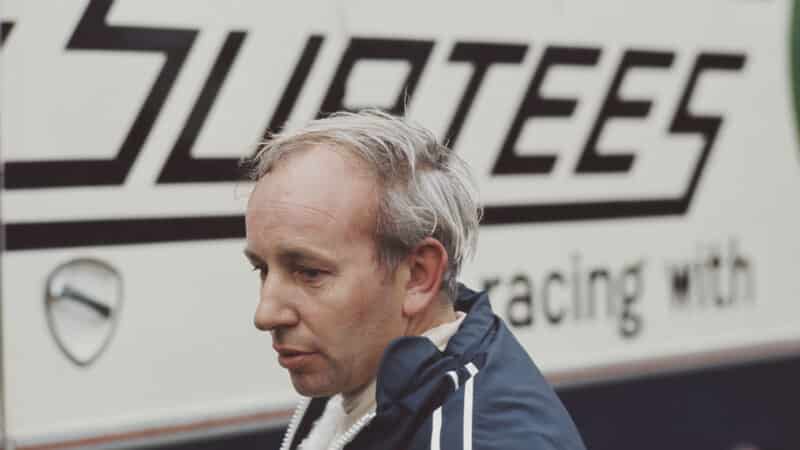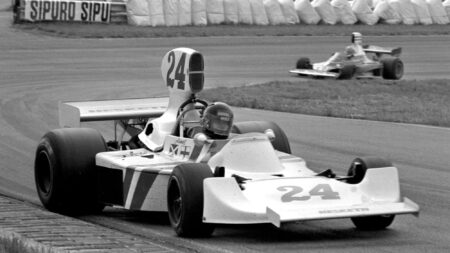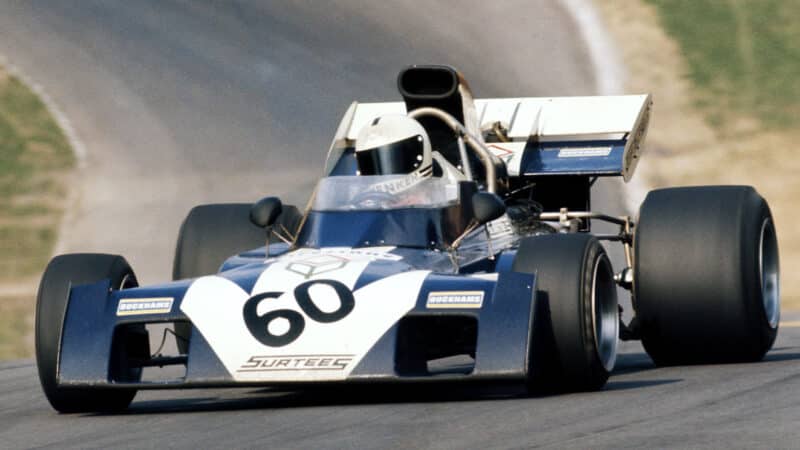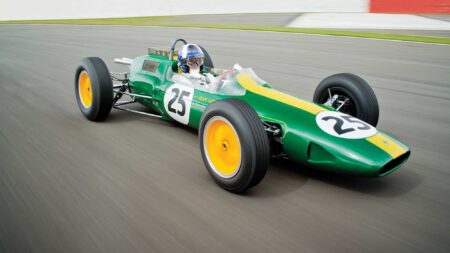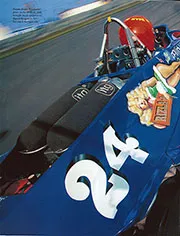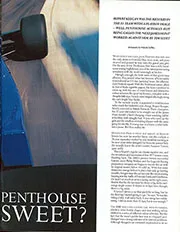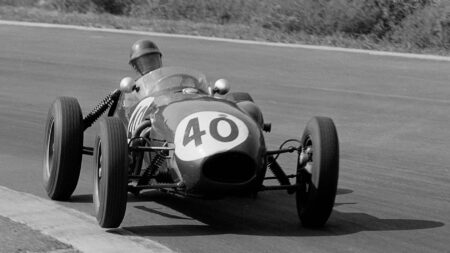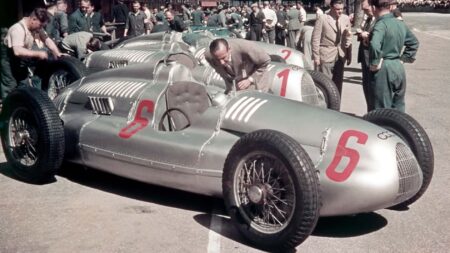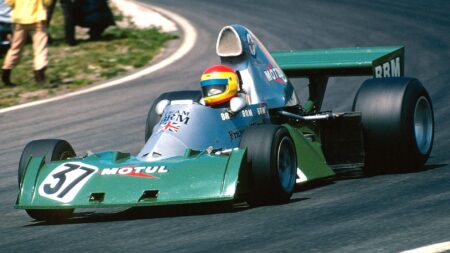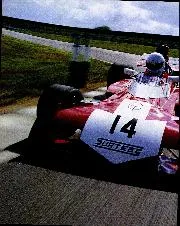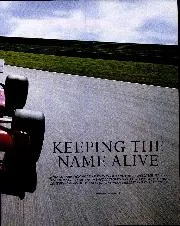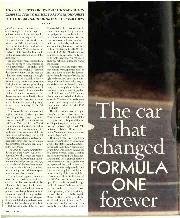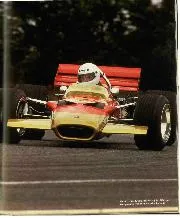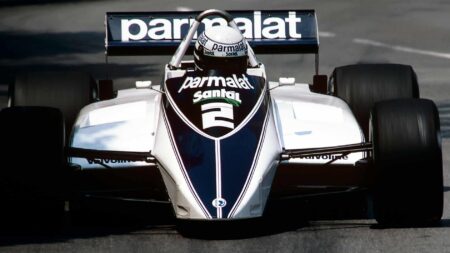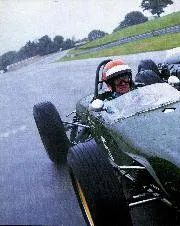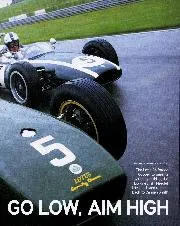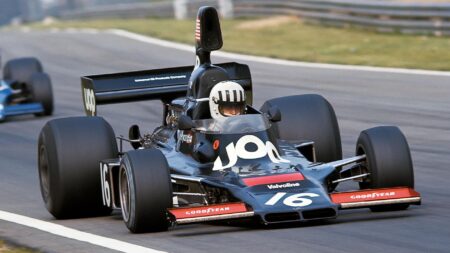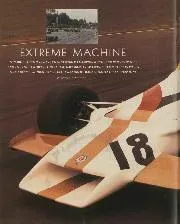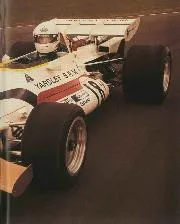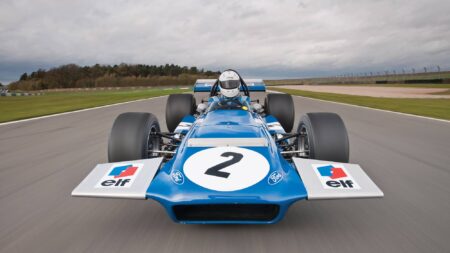The TS7 that appeared at the 1970 British Grand Prix was neat, simple and distinctive with its delta nose on a narrow, sharp-edged body. It did well, too, Surtees rising to as high as seventh (from 20th on the grid) before its oil pressure sagged. He was the ‘man on the move’ in Holland and Austria, too, before two more engine failures forced him out.
And then he won the non-championship Oulton Park Gold Cup, prevailing with some comfort in the first 20-lap heat, and finishing runner-up in the second to pip on aggregate the Lotus 72 of Jochen Rindt. The team’s first championship points came one month later (fifth at Mont Tremblant). Two weeks later still, Derek Bell, in the second TS7, scored the only F1 point of his career (sixth at Watkins Glen). It had been an impressive beginning, but eponymity had its frustrations, too.
‘The budget was meagre [£23,000] and we had to come up with a design that suited our pockets,” explains Surtees. “TS7’s shape was dictated by the funds and facilities available to us. I actually used some of my motorcycle contacts: its bulkheads are made of Reynolds 531 tubing.”
Circumstances dictated that the TS9 of 1971 be a derivative: longer wheelbase, wider track and lower CoG. And it, too, was quick out of the blocks. New recruit Rolf Stommelen lost a probable victory in the non-championship Argentinian GP because of a moment of madness early in its second heat, while a seized gearbox cost Surtees a strong finish at Kyalami he was second, ahead of the Ferrari of eventual winner Mario Andretti, when the unit began to stiffen. But thereafter fortunes slumped – barring a second Gold Cup victory for Surtees. That changed with the arrival of Mike Hailwood.
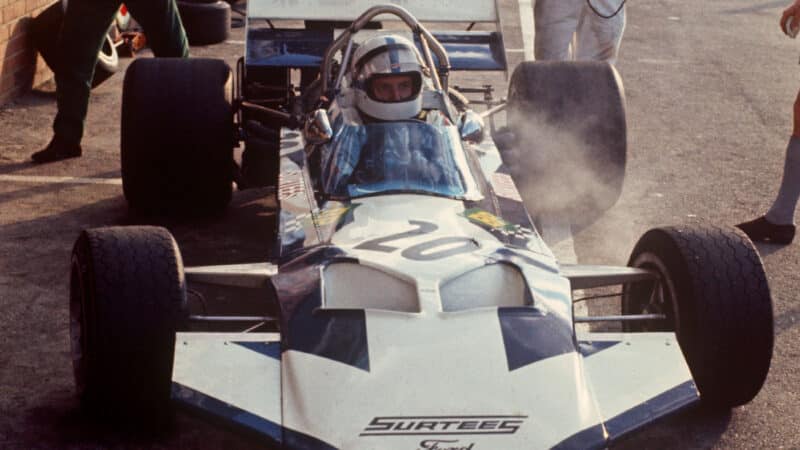
Coming to a smoking halt at Kyalami ’71 – when victory was close
Getty Images
‘The Bike’ had made a faltering start to his car career, but he clicked with his fellow motorcycle legend and, after strong performances in the TS8 F5000 machine, was called into the F1 squad for Monza. He played a key role in that amazing race, crossing the stripe in the lead on five occasions and finishing fourth – 0.18sec behind Peter Gethin’s BRM. Plans for Surtees to give his new side-rad TS9B its debut had been put on hold because of overheating worries, but John was delighted for Mike. He knew, though, that a tough decision was looming: to continue to race or to concentrate on running the team.
Australian Tim Schenken was signed to partner Hailwood in F1 in 1972, but John raced the F2 TS10 – in which he scored two wins and Hailwood took the European title. He also contested two F1 races – the International Trophy at Silverstone (third) and the Italian GP – and did much of the F1 testing.
Schenken: “There were days when I would be called to Goodwood for a test and I’d arrive at 9am and wait there all day while John drove round. Then, with about 20mins to go, he’d ask me to get in and see what I thought. The seat, pedals and wheel were all set up for him… It was a difficult situation.”
Surtees: “Quite frankly, we couldn’t do a lot of testing because we couldn’t afford to put big mileages on our engines. If a new part had to be assessed, I would normally do it. I don’t think that detracted from the team; from Mike Hailwood’s point of view, it’s what he wanted.”
